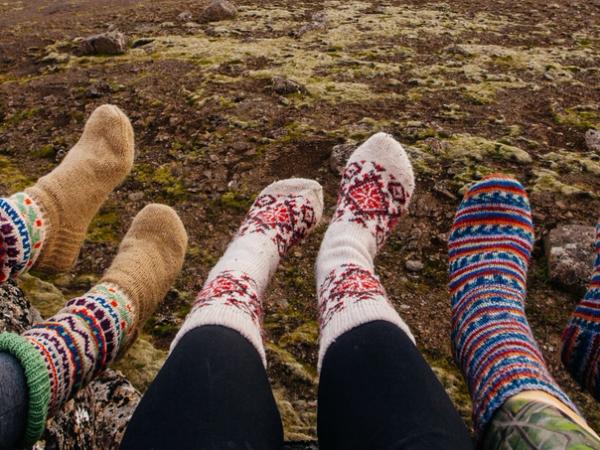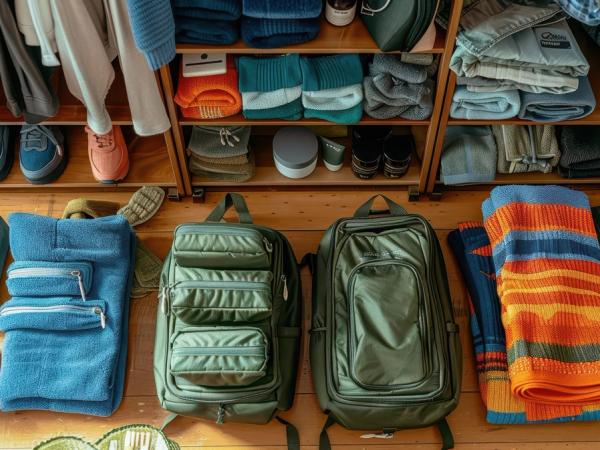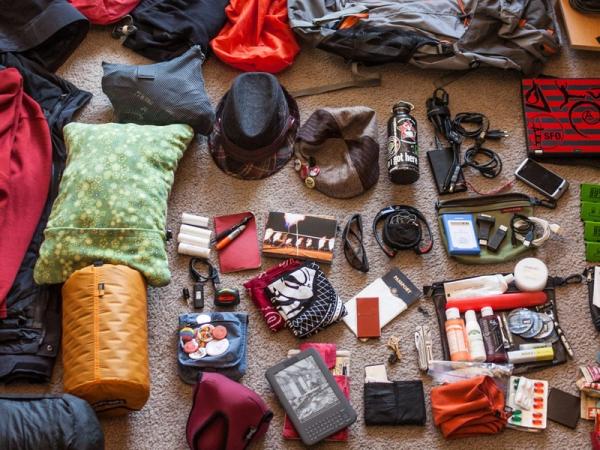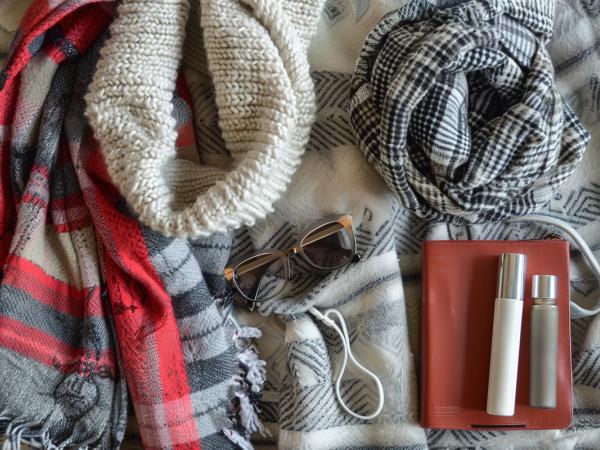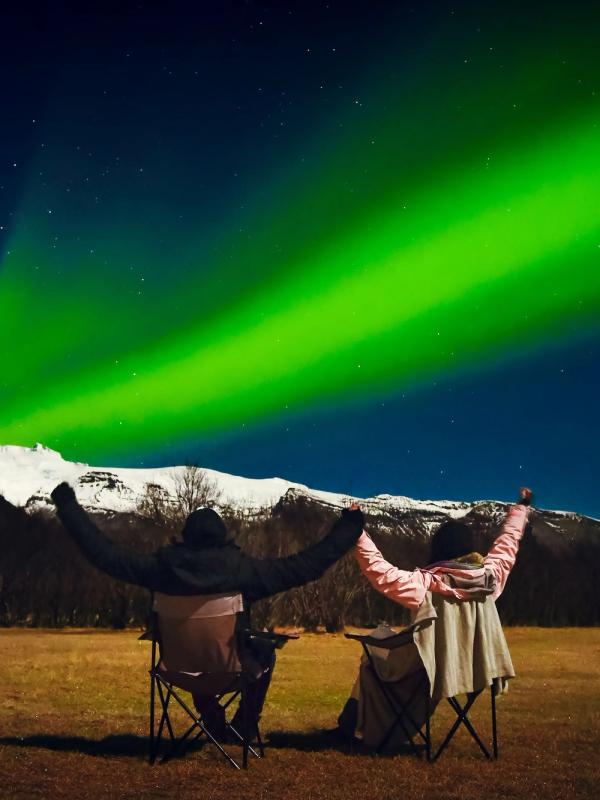
What to Pack for Iceland in October: A List of Essentials
October is a month when Iceland looks really nice. The trees and plants get that changing fall color, creating amazing contrasts in many parts of the country. So, if you have decided to come to Iceland in October, let us tell you that you have made a great choice.
There are many positive points on coming to Iceland during this time. The temperatures are still not too cold, so you will have more space for yourself when visiting the vibrant cities and beautiful natural wonders that can be found in every corner of the country.
But it’s important to understand what you are going to encounter during late autumn here. Knowing how the weather is and what to expect can make the difference in your trip. Especially when you are preparing for it. In this guide we will explain things you should take into consideration when packing your bags for Iceland in October. Things you should bring, things you shouldn’t and some general advice to enjoy your Nordic adventure to the fullest.
Key Takeaways
- The weather in Iceland is unpredictable and constantly changing. It’s important to check the forecast often.
- The temperatures get colder as the month goes by. The average maximum is 7.5°C (44.6°F) and the average minimum is 2°C (35.6°F).
- The daylight hours also reduce with the passing of the month.
- The best way to adapt to the weather in this country is to dress in layers.
What’s the weather like in Iceland in October?
The seasons in Iceland might be a bit different to other places in the northern hemisphere. For instance, autumn takes place in September and October, as November is already winter here. And October is a transition month, with a considerable difference between the first weeks of the month and final days. During this time, autumn gradually gives way to winter.
The temperature in October generally ranges between 0°C and 10°C (32°F and 50°F), but it depends on which part of the country you are in. The south and west coasts are usually warmer than the north and the Central Highlands, but it also rains more here. These two areas are also windier, so the feeling might be that it’s colder than it actually is.
The chances of rain are high during this month, with an historical average of 13 rainy days in October. By the end of the month, there is a possibility of snow, especially in mountain areas and in the northern region. Daylight decreases rapidly, with about 9 hours at the beginning of the month and only 7 hours by the end. The upside of this is that October is a month with chances of seeing the Northern Lights, and the longer dark hours are great for it.
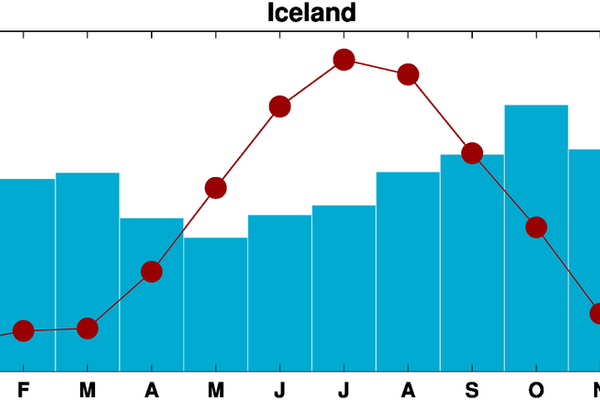
But what sets Icelandic weather apart is that it changes a lot and it’s quite unpredictable. Even within the same day you can have drastic and sudden changes.
What to Pack for Your Iceland’s Trip in October
When packing your bag, clothing’s the first thing that comes to mind (and it should be). However, proper packing is much more than just that.
Clothing for Iceland in October
As the weather is unpredictable and is changing all the time, the best way to adapt to it is by wearing different layers. An appropriate combination of clothes will help you be comfortable in the different situations you will most likely encounter during your trip.
It’s important to bear in mind that one of the best things to see and do In Iceland is its natural treasures, so you will spend a good amount of time outdoors.
Inside Layers
- Thermal base layers: Either wool or synthetic clothes are fine. These materials keep moisture away from your body, keeping you dry and warm. Thermal leggings and long-sleeved tops are highly recommended too. Pack at least two sets so you can rotate them.
- Mid layers: Fleece or wool sweaters provide excellent insulation. They are crucial for maintaining your body heat and can be easily adjusted by adding or removing layers. This is key, temperatures can vary highly, so an easy removal can change your day.
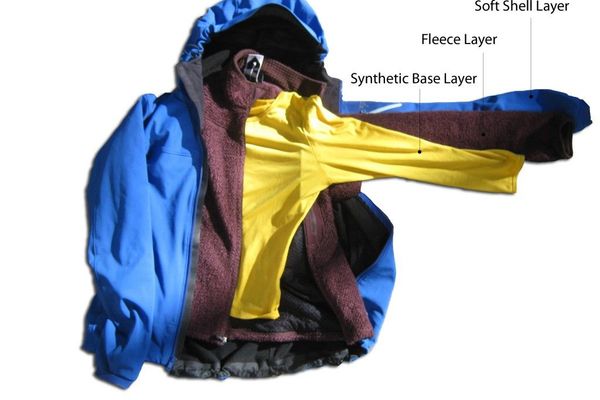
Outside Layers
- Waterproof and windproof jacket: Essential for protection against rain and strong winds. Choose one that is insulated and breathable to keep you warm and comfortable.
- A good insulated coat: Perhaps you won’t need all the time, as a good layering with a proper waterproof jacket might be enough in some situations, especially at the beginning of the month. However, if you’re going to the north of the Central Highlands or coming at the end of October, a good coat (waterproof preferably) is going to be a good ally.
- Pants: Waterproof and windproof pants are crucial for outdoor activities. Jeans are not recommended as they take a long time to dry when wet. Instead, choose quick-drying hiking pants or snow pants. Consider packing thermal leggings to wear underneath for added warmth.
Footwear
- Waterproof boots: Sturdy, insulated boots with good traction are a must for hiking in October. You’ll want to keep your feet dry during the day. Paths and trails can be slippery and/or muddy.
- Comfortable shoes: If your hiking shoes get wet and dirty, perhaps you want a spare pair to have a comfortable trip back to the place you’re staying in.
Accessories
- Warm socks: Pack several pairs to keep your feet warm and dry. Wool socks provide good insulation. Synthetic socks are also good, and both are better than cotton socks. Consider packing both thin and thick pairs for layering.
- Gloves: Ideal if the weather gets cold and you’re going to spend some hours outdoors. Touchscreen-compatible gloves are useful for using your phone without removing them.
- Hat: A warm hat that covers your ears is essential to prevent heat loss. Look for fleece or wool hats for extra warmth.
- Scarf: These are great for protecting your neck and face from the cold wind.
Toiletries
We know there are times that you buy locally that are in your essentials list. Things you don’t know if you’ll find somewhere else. But there’s no need to pack a huge toilet bag. You can find almost everything in Iceland.
Whether you bring them or buy them here, here are some things you might consider.
- Moisturizer and Lip Balm: The cold, windy weather can dry your skin quickly. A good moisturizer after a day out will help your skin recover. Laso, prevent your lips from chapping with a good lip balm.
- Travel-Size Shampoo and Conditioner: Some accommodations might not provide these, especially apartments and cabins, so it’s best to bring your own. Solid shampoo bars are a good idea to save space and avoid leaks.
- Sunscreen: Even if it’s not hot, the UV rays can still be strong, especially when they reflect on ice or snow.
Health and Medications
As explained before, you can find almost everything in shops in Iceland. This way you can save up some space in your bags. It’s basic to bring medications that have been prescribed to you, as they might have a different regulation here or are simply not available. Carry them in their original containers along with a copy of your prescription, just in case.
There are things that you should consider taking with you when going on an excursion. Items such as band-aids, antiseptic wipes, and pain relievers. Blister pads can come in handy if your boots take a toll on your feet. It’s also helpful to have motion sickness tablets if you plan on taking boat tours or driving on winding roads.
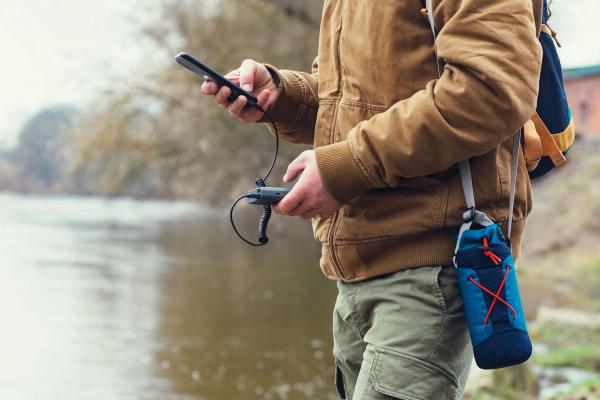
Electronics
Photo camera and extra batteries Iceland is a country with countless and unique photo opportunities. We are sure you’ll want to capture many of the things you’ll see. So, if you are into photography, a good photo camera should definitely be on your list. Bring extra batteries so you don’t run out in the middle of the day.
Smartphone and charger Essential for navigation, communication, and taking pictures. If you don’t have a photo camera or are not that passionate, nowadays phones take really good pictures. A waterproof phone case can be useful for protection against rain and splashes. And don’t forget your charger!
Portable power bank good idea for keeping your devices charged while on the go, especially during long day trips.
Travel adapter Iceland uses the European plug type (Type C and F). The one with two round prongs. Bring an adapter if you’re coming from a country with a different system.
Other essential items
- Reusable Water Bottle: Icelandic tap water is some of the purest in the world. Carry a reusable bottle to stay hydrated and reduce plastic waste.
- Backpack: A waterproof backpack is ideal for carrying essentials during hikes and tours. Things like snacks, water, and extra layers.
- Swimsuit: Even if at first it sounds strange, we’re pretty sure you want to take a geothermal bath in one of the amazing pools and hot springs around the country.
- Towel: If you’re going to one of these great natural baths, you are going to need a towel. Much better if it dries really quick.
- Sunglasses: If you are going to a glacier or a snowy area, the sun reflecting on ice or snow can be really harmful to your eyes.
What not to pack for Iceland in October
- Umbrella: The strong winds make umbrellas impractical. A waterproof jacket with a hood is way more effective.
- Fancy clothing: Iceland is casual, and outdoor-friendly attire is more appropriate. Leave formal wear at home unless you have a big social event.
- Heavy luggage: If you are going to be moving around the country, it’s better to pack your things in backpacks or duffel bags. Or lightweight, durable bags that can handle rough terrain.
- Single-Use Plastic Items: Nature is Iceland’s most precious treasure and needs to be preserved. Avoid bringing disposable plastics.
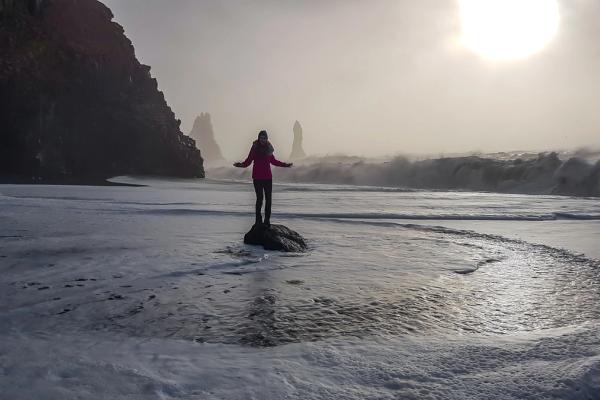
Travel Tips
- Layering: Dressing in layers allows you to adjust your clothing to the constantly changing temperatures and conditions throughout the day. A good layer combination can make the difference in your trip.
- Weather forecast and road conditions: Keep an eye on the weather forecast daily. Iceland’s weather can change rapidly and it’s important to be prepared. Also, the weather can affect the roads, so check their status before departing to avoid unpleasant surprises.
- Pack smart: Focus on functionality and comfort rather than fashion. Choose versatile pieces that can be mixed and matched to create multiple outfits.
- Plan for rain: Be prepared for rain at any time; a good raincoat and waterproof backpack cover are essential. Avoid heavy fabrics that take a long time to dry.
- Respect Nature: Iceland’s environment is fragile. Stick to marked paths and follow local guidelines to preserve its beauty. Avoid disturbing wildlife and take all your trash with you.
Conclusion
Packing for Iceland in October requires careful consideration of the variable weather conditions. There’s no need to overpack if you manage to combine your clothes well to form good layers, prioritizing warmth, waterproofing, and versatility.
Even if October can be a tricky month, it still allows for outdoor activities in good conditions. And the landscapes will have a unique look that you will never forget!

